Optimal Timing for Bee Control Measures
Effective Bee Controls are most successful when implemented at specific times during the year. Timing depends on bee activity cycles, hive development, and local climate conditions. Proper scheduling can minimize disruption and improve results, ensuring that bee populations are managed safely and efficiently.
Early spring is ideal for bee controls before hives reach peak activity. This helps prevent hive expansion and reduces the risk of swarms.
Late summer and fall are suitable for controlling established colonies as bees prepare for winter, making management easier and more effective.
Timing controls outside of peak flowering seasons minimizes impact on pollination and bee health.
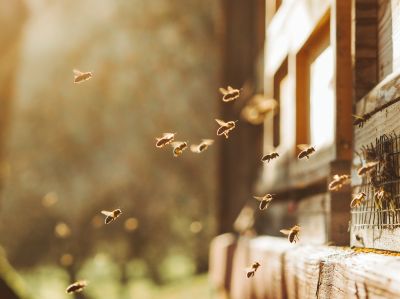
Monitoring hive activity in early spring helps determine the best control timing.

Removing hives in late summer reduces colony size before winter.
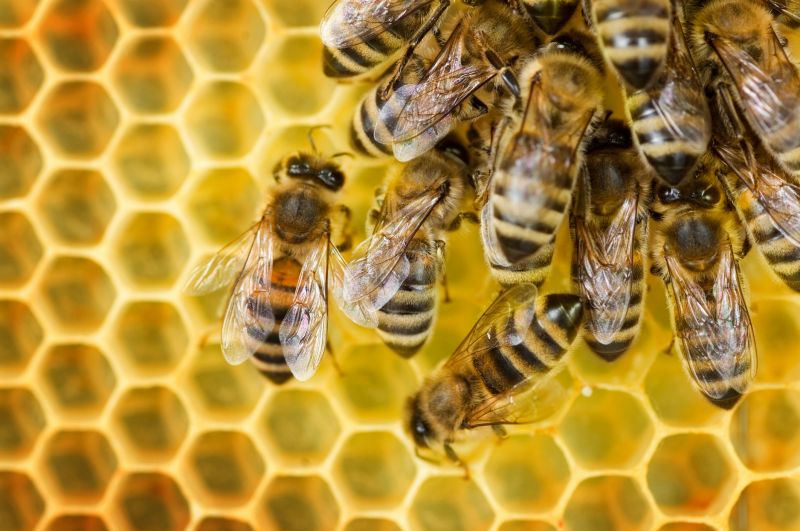
Regular checks throughout the year ensure timely intervention.

Ways to make Bee Controls work in tight or awkward layouts.
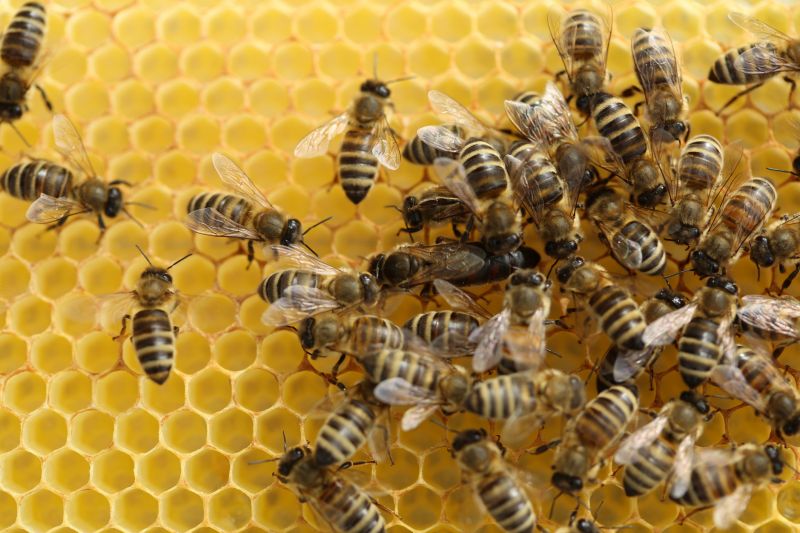
Popular materials for Bee Controls and why they hold up over time.
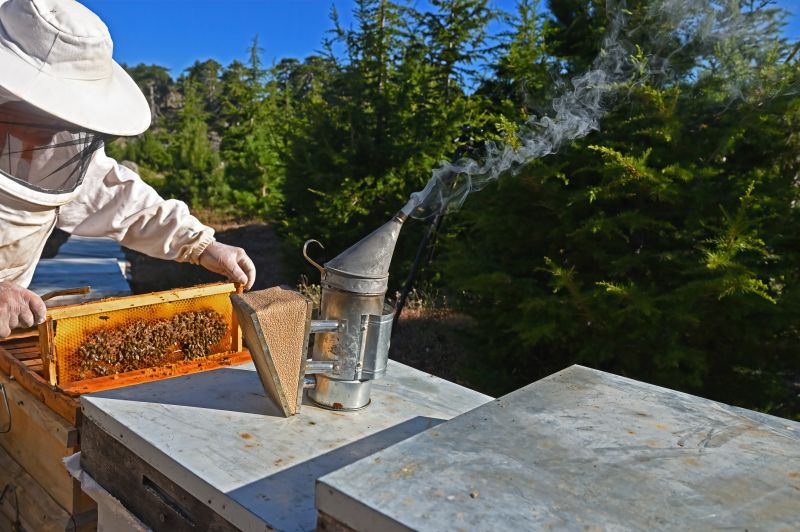
Simple add-ons that improve Bee Controls without blowing the budget.
| Season | Recommended Timing |
|---|---|
| Spring | Before hive expansion begins |
| Summer | Mid to late summer for established colonies |
| Fall | Prior to winter for colony reduction |
| Winter | Generally not recommended for controls |
Bee controls involve managing and removing problematic hives to prevent damage to property and maintain safety. Proper timing ensures minimal disruption to bee populations and supports effective colony management. Understanding bee activity patterns and seasonal behaviors enhances control strategies, reducing the likelihood of swarms and hive infestations.
Statistics indicate that timing interventions during specific periods can significantly decrease hive growth and prevent the spread of unwanted colonies. Properly timed controls also reduce the risk of accidental bee stings and hive damage, making them a crucial aspect of pest management plans.

Regular inspections help identify the optimal control timing.
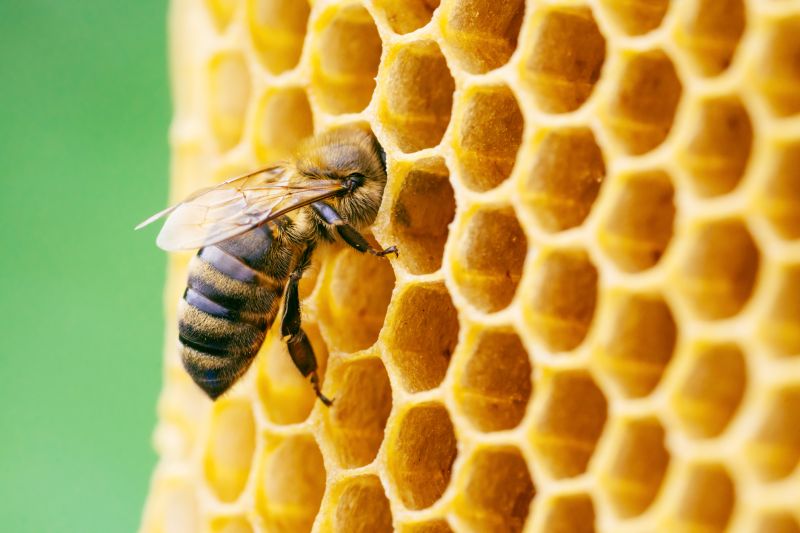
Strategic timing supports healthy colony development.
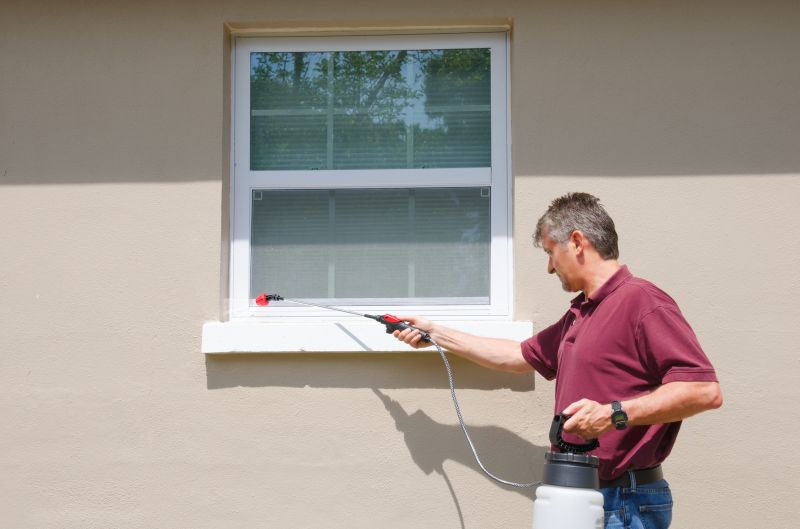
Adjust control methods based on seasonal activity.

Ensures hive removal success and prevents regrouping.
Individuals interested in Bee Controls are encouraged to contact for more detailed information. Proper timing and management practices are essential for effective and safe hive control, ensuring the health of local bee populations and property safety.



